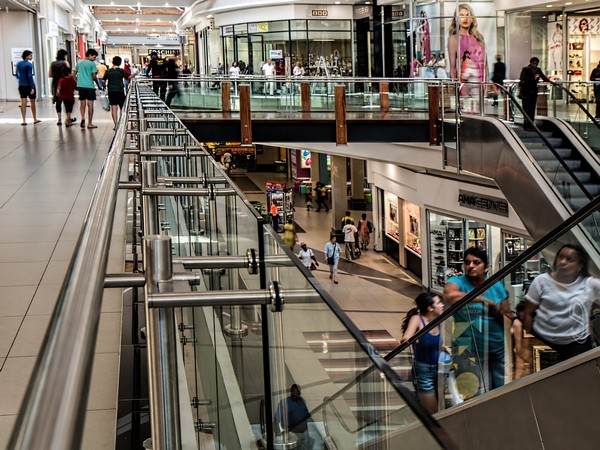India's Consumer Boom: A Market Set to Soar by 2030
India’s consumer market is expected to grow by 46% by 2030, driven by rising incomes, a young workforce, and rapid urbanization. The middle and upper-middle-income population fuels discretionary spending, with shifts toward branded products and organized retail. Urbanization and digital trends reshape consumption patterns, boosting India’s economic growth.

- Country:
- India
The Indian consumer market is poised for a significant expansion, anticipated to grow by 46% by 2030, securing its position as the second-largest globally, as outlined in a report by Edelweiss Mutual Fund. This growth is propelled by a confluence of rising incomes, a youthful workforce, and accelerating urbanization, collectively driving consumption across the country.
Projections indicate that consumer spending in India is set to climb to USD 4.3 trillion by 2030, a notable increase from USD 2.4 trillion in 2024. This upswing is predominantly fuelled by the burgeoning middle and upper-middle-income segments, resulting in enhanced purchasing power and elevated discretionary spending.
India's median age of 28 years stands in sharp contrast to China's 39 and the US's 38, earmarking it as a pivotal force in global consumption dynamics. By 2030, India's working-age population will reach a staggering 1 billion, forming a fifth of the global workforce. The dependency ratio is projected to decline dramatically, enabling higher disposable incomes and fostering increased consumer spending capacity, while female workforce participation marks a notable rise.
These demographic shifts are stimulating a rise in dual-income households, leading to escalated spending on lifestyle and premium products, thus fortifying India's consumer economy. Urbanization, together with digital transformation and financial inclusiveness, is swiftly revolutionizing India's consumption landscape. With aspirations in urban and rural locales converging, the improved access to services turns consumer intent into tangible spending.
India is witnessing transformative shifts from unbranded to branded goods and from unorganized to organized retail, expected to unlock an additional USD 600 billion in consumer expenditure. Urbanization is driving demand for convenience-focused consumption, while digitization and contemporary trends reshape buying behaviors through e-commerce and digital payments. Increased credit options are easing consumer spending on aspirational products, with premiumization steering the next chapter of consumption growth.
(With inputs from agencies.)










